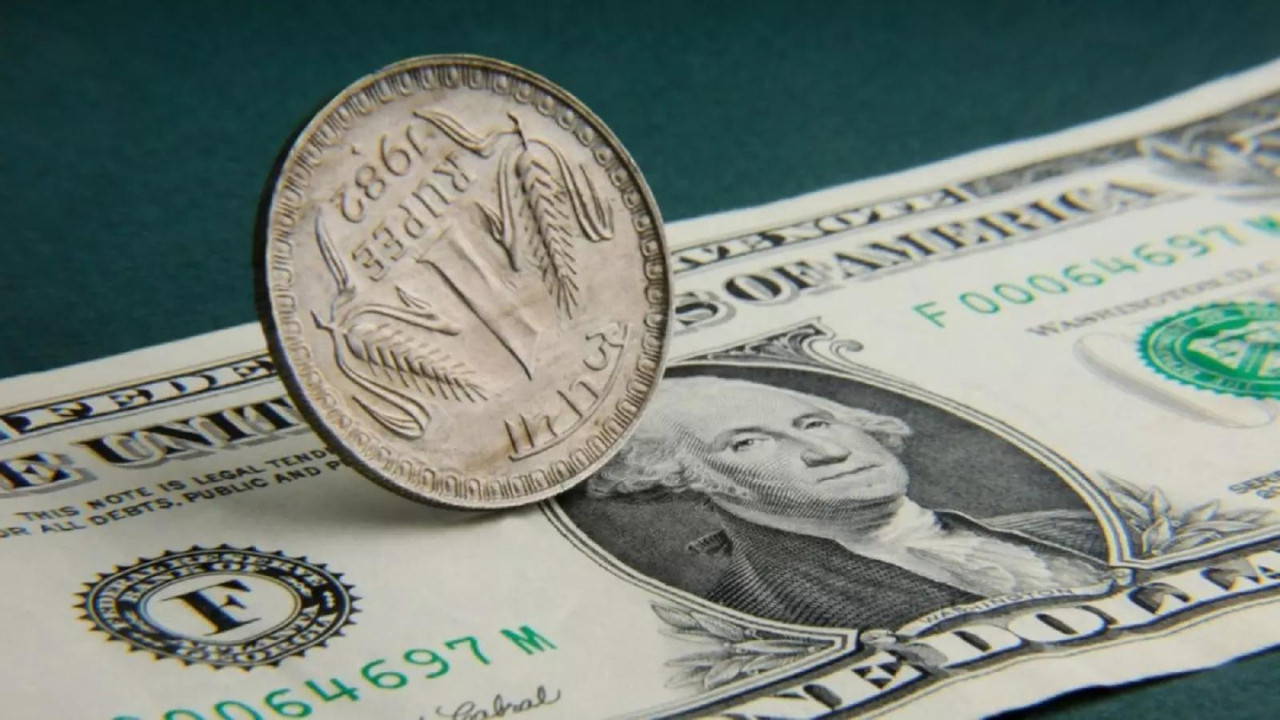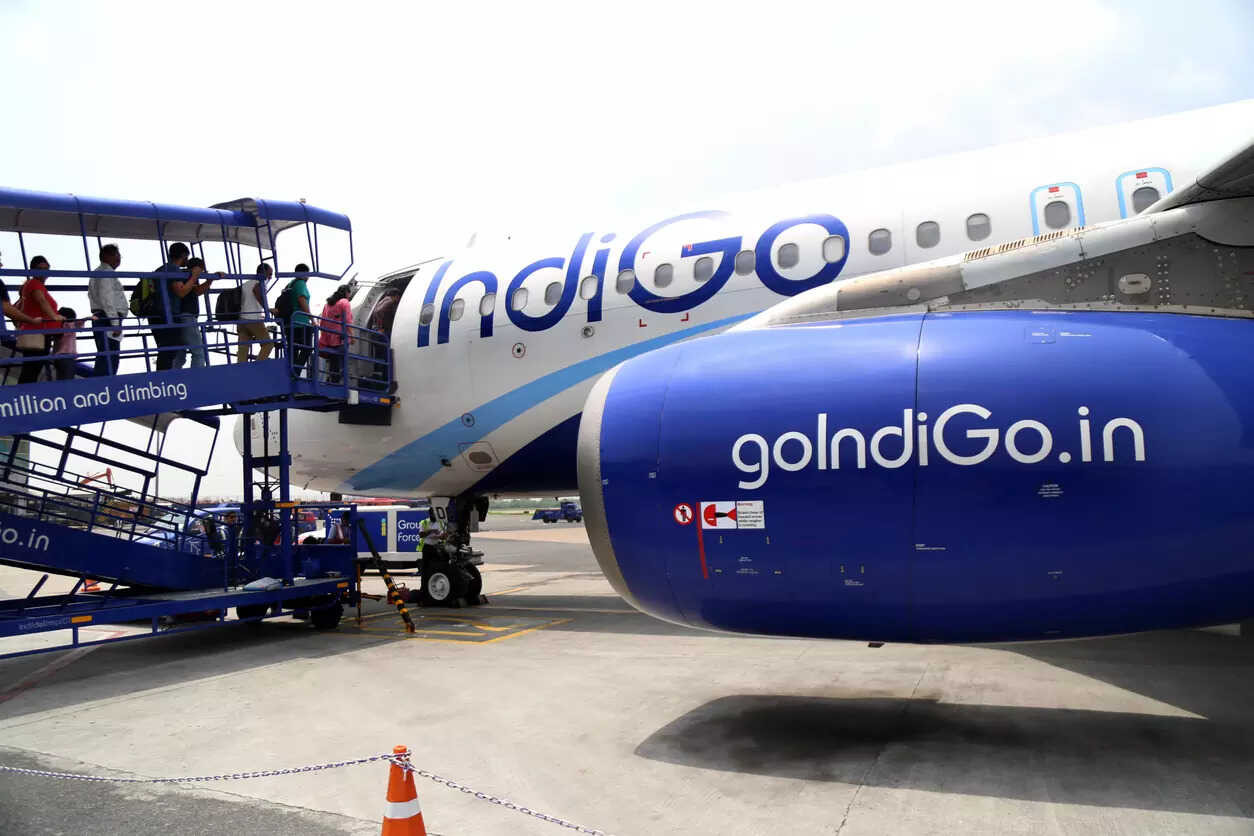The rupee strengthened to 85.76 against the US dollar, buoyed by a weaker dollar and lower crude oil prices. Gains were capped by persistent foreign fund outflows and uncertainty surrounding India-US trade talks. India’s merchandise exports remained steady, while the trade deficit narrowed, and domestic equities closed in the green with FIIs turning net buyers.
Riding the Wave: How a Weaker Dollar is Buffeting the Rupee
The Indian Rupee recently enjoyed a welcome lift, surging 16 paise to close at 83.76 against the US dollar. This movement, a refreshing change for those tracking the currency markets, wasn’t a singular event but rather the culmination of several factors aligning in its favor. So, what exactly fuelled this upward trajectory? Let’s dive in and unpack the key drivers at play.
One of the most significant influences has been the weakening of the US dollar itself. The greenback, typically a stalwart in the global financial landscape, has shown signs of vulnerability, creating an opening for other currencies to gain ground. This softness in the dollar stemmed from a combination of economic data and shifting market expectations regarding future interest rate hikes by the Federal Reserve. When investors anticipate a less aggressive stance from the Fed, the dollar tends to lose some of its luster, making assets denominated in other currencies more attractive.

The Impact of Falling Crude Oil Prices on the Rupee
Another crucial element supporting the Rupee’s rise was the slide in crude oil prices. India, a major importer of crude oil, is acutely sensitive to fluctuations in its price. When oil prices decrease, it reduces the import bill, easing pressure on the current account deficit and, consequently, strengthening the Rupee. The recent dip in crude oil prices provided a much-needed respite, allowing the Rupee to breathe a little easier. You can read more about how India’s trade balance influences the Rupee’s performance on our [Trade & Currency page](internal-link-to-related-content).
Furthermore, positive sentiments in the domestic equity markets contributed to the optimistic atmosphere surrounding the Rupee. A buoyant stock market often signals investor confidence in the Indian economy, attracting foreign capital inflows and bolstering the currency’s value. The interconnectedness of these factors highlights the complex interplay that shapes the foreign exchange market.
Decoding the Dynamics of Currency Fluctuations
Understanding these dynamics is essential for businesses and individuals alike. For businesses engaged in international trade, currency fluctuations directly impact import and export costs. A stronger Rupee can make imports cheaper while potentially making exports more expensive. Conversely, a weaker Rupee can boost export competitiveness but increase the cost of imported goods.
Individuals planning overseas travel or investments also need to be aware of these movements. A favorable exchange rate can significantly reduce the cost of travel or increase the purchasing power of investments made in foreign currencies. Therefore, keeping abreast of currency trends and understanding the factors that influence them is crucial for making informed financial decisions.
Looking ahead, the trajectory of the Rupee will likely depend on a combination of global and domestic factors. The US Federal Reserve’s monetary policy decisions, the movement of crude oil prices, and the overall health of the Indian economy will all play a significant role in shaping the currency’s future. Any significant shift in these variables could trigger corresponding reactions in the foreign exchange market.
Navigating the Uncertainties of the Indian Rupee
While the recent appreciation of the Indian Rupee is a positive sign, it’s important to remember that currency markets are inherently volatile. Unexpected events and shifts in global sentiment can quickly alter the landscape. Keeping a close watch on economic indicators, geopolitical developments, and central bank policies is essential for navigating the uncertainties of the currency market.
Ultimately, the Rupee’s strength reflects the confluence of various factors – a weaker dollar, lower crude oil prices, and positive domestic market sentiment. Whether this upward trend continues remains to be seen, but understanding the underlying drivers is crucial for anyone impacted by currency fluctuations. The currency market is a complex beast, but by staying informed and analyzing the key influences, we can better understand and navigate its ever-changing currents.







